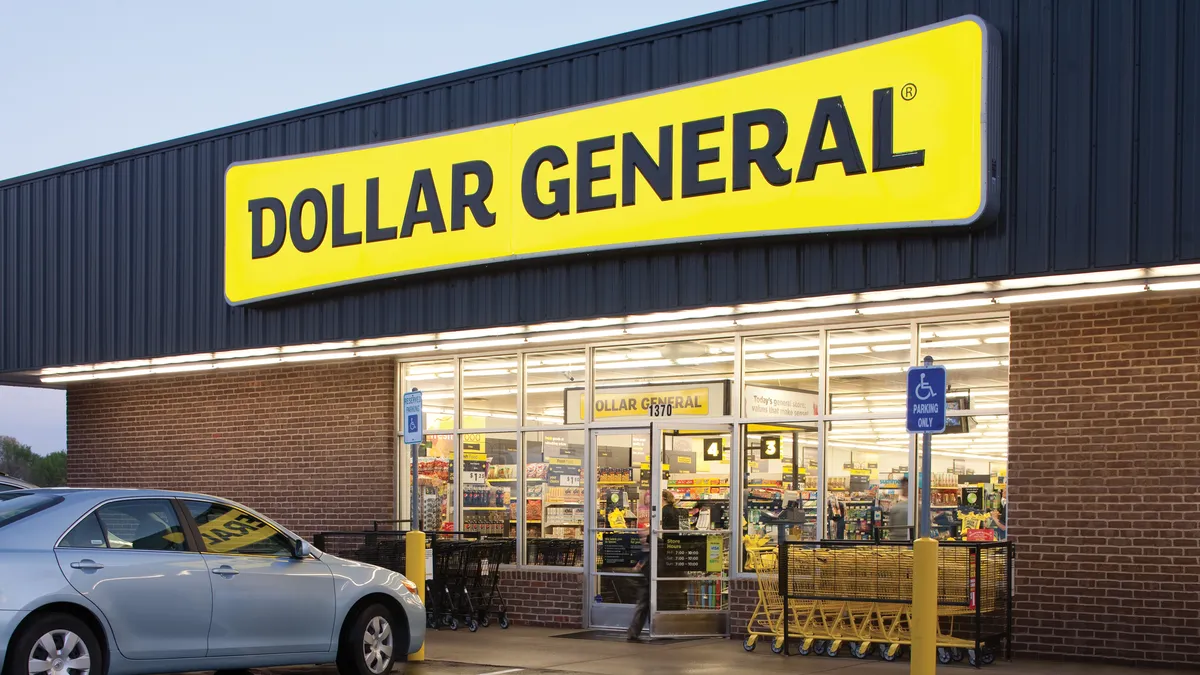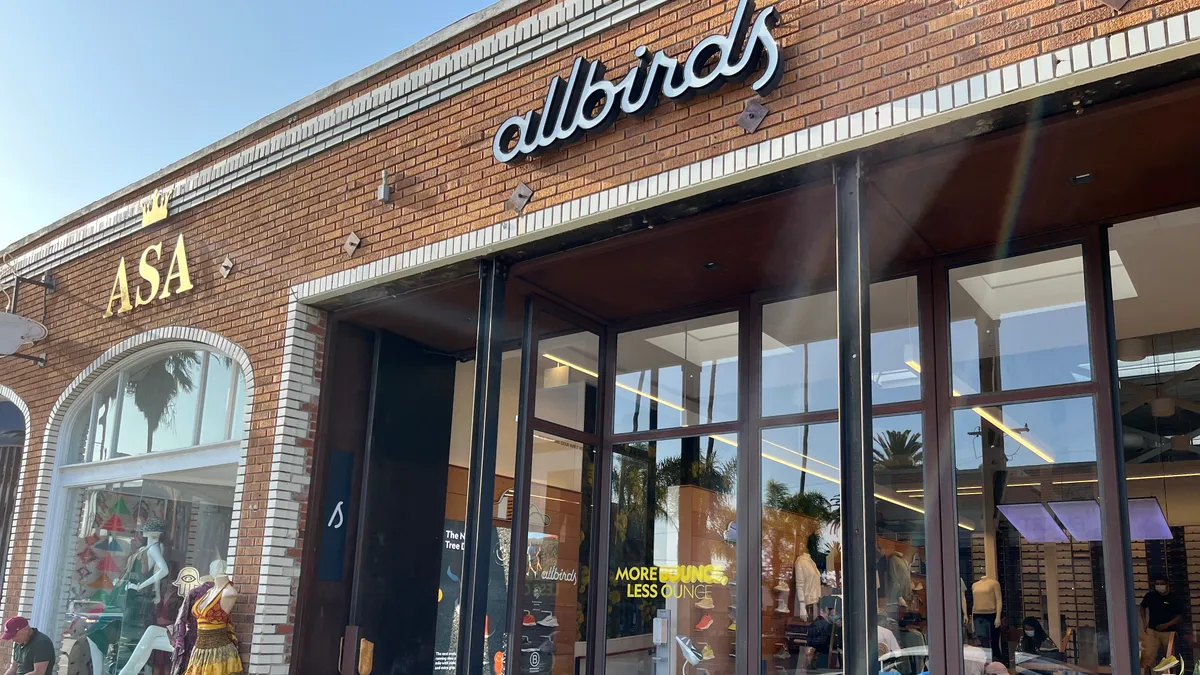Dive Brief:
-
Dollar General on Thursday reported second quarter net sales rose 8.1% from the year-ago quarter to $5.83 billion. Q2 net income was $295 million, or $1.08 per diluted share, in the 2017 second quarter, compared to net income of $307 million, or $1.08 per diluted share, in the year-ago period. Included in diluted earnings for the quarter was an approximate 2-cent charge from lease termination costs related to its acquisition of some stores, according to a company press release.
-
Q2 same-store sales rose 2.6%, beating the Gordon Haskett analyst expectation for a 2% rise. The company credits the boost to increases in average transaction amount and customer traffic. The company saw positive results in the consumables and seasonal categories, partially offset by negative results in the home products and apparel categories.
-
Gross profit, as a percentage of net sales, was 30.7% in the quarter, a decrease of 47 basis points from the year-ago quarter, mostly due to higher markdowns and a greater proportion of sales of lower-margin consumables. Partially offsetting that were higher initial inventory markups and an improved rate of inventory shrink, the company said.
Dive Insight:
Despite its solid performance in Q2, Dollar General is “more glass empty today than at any point in our 12+year tenure covering the group,” according to a note from Gordon Haskett analyst Chuck Grom emailed to Retail Dive. But he also noted that Dollar General is among those with “strong retail models with top-line momentum trading at reasonable valuation levels.”
The company is likely to be hurt more than most by Hurricane Harvey, because of its many stores in that area, noted GlobalData Retail Managing Director Neil Saunders. But it’s bigger troubles lie in its profitability, with higher costs and thinner margins taking a bite.
“Over last year, operating profit fell by 3.1%, while net income dipped by 3.8%. This is an outcome we hinted at last quarter and, in our view, it underlines the fact that Dollar General is now coming into a period of slimmer returns,” Saunders warned in an email to Retail Dive.
Unfortunately, he added, the retailer is contending with a range of problems, including wage hikes and occupancy costs, which are more enduring than the small spike it saw from a recent acquisition of stores. More broadly, it doesn’t help that competitors are taking share from Dollar General in higher-margin categories, he noted.
“Dollar General needs to be growing sales, and especially underlying sales, at a much faster rate,” Saunders said. “It is evident from our shopper data that Dollar General customers are still buying these products, but are doing so at rivals. In our view, this is hardly surprising: when it comes to non-foods, there are now plenty of low priced retailers that do a much better job in terms of assortment, display and experience than Dollar General.”
This adds up to a “bitter cocktail” though not a toxic one, according to Saunders. “[W]e believe Dollar General will remain a significant force in discount retail, and we have no doubt that, bar exceptional events, sales will rise,” he said. “However, we also caution that returns on that growth will continue to wane.”













